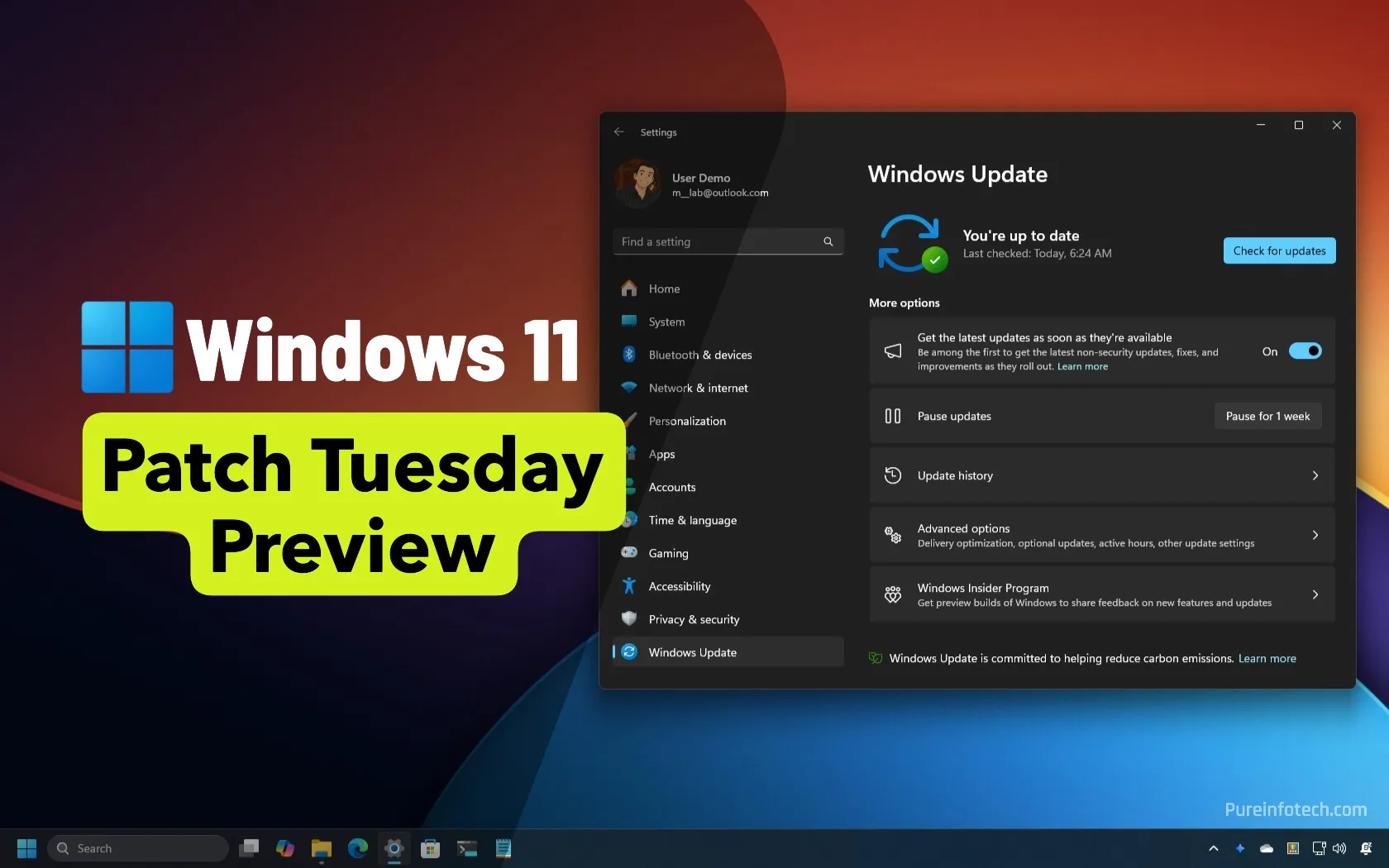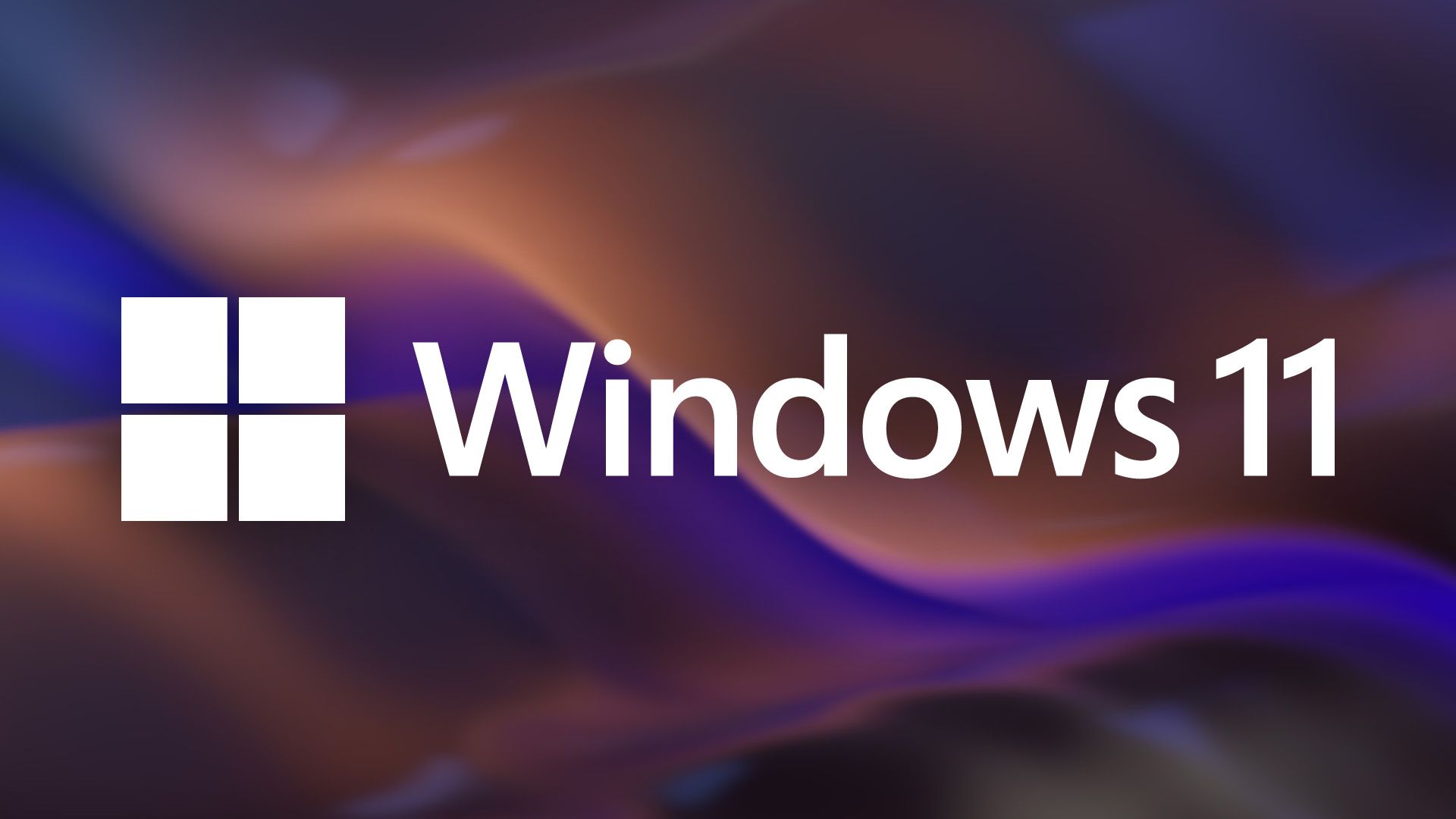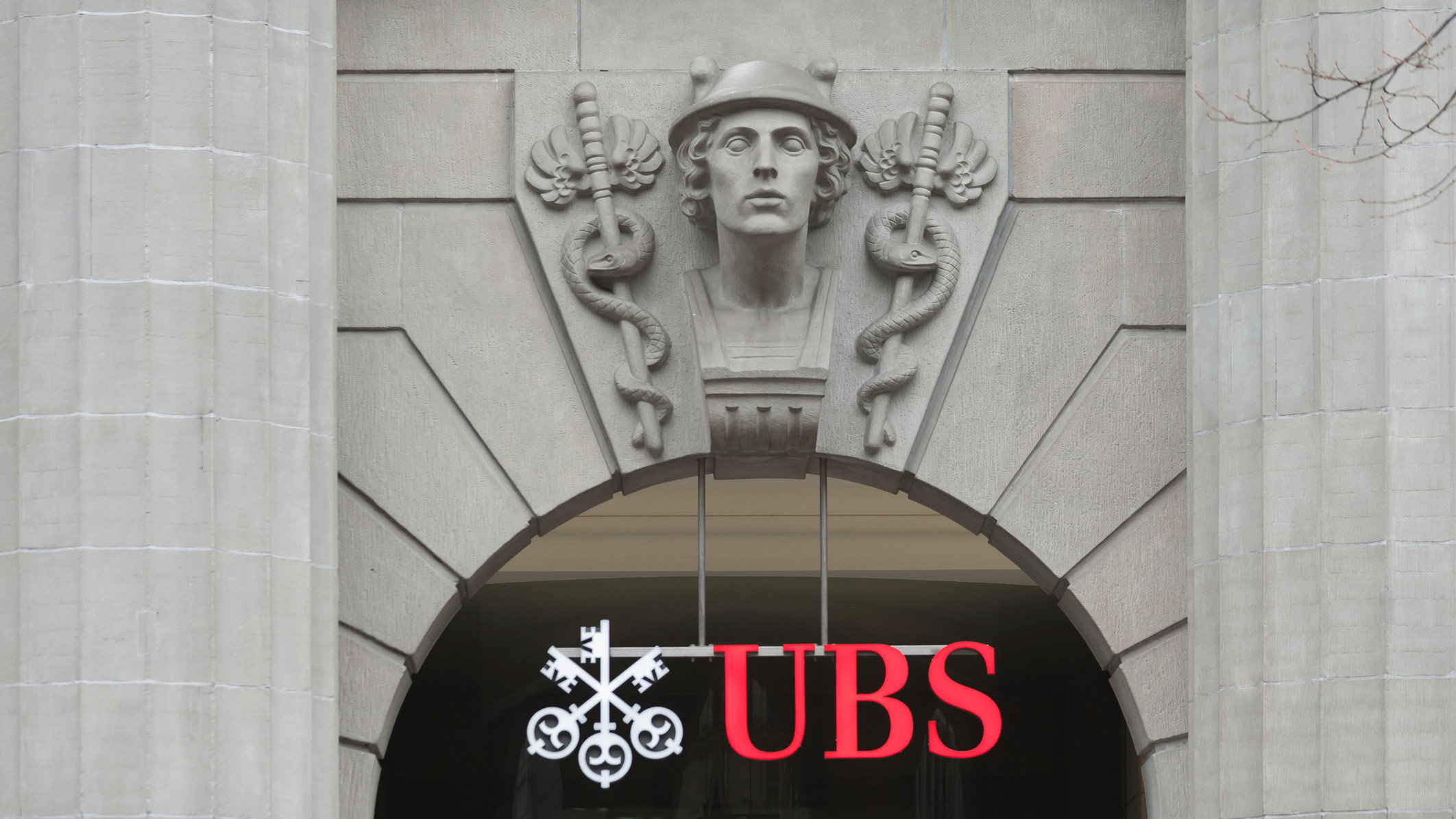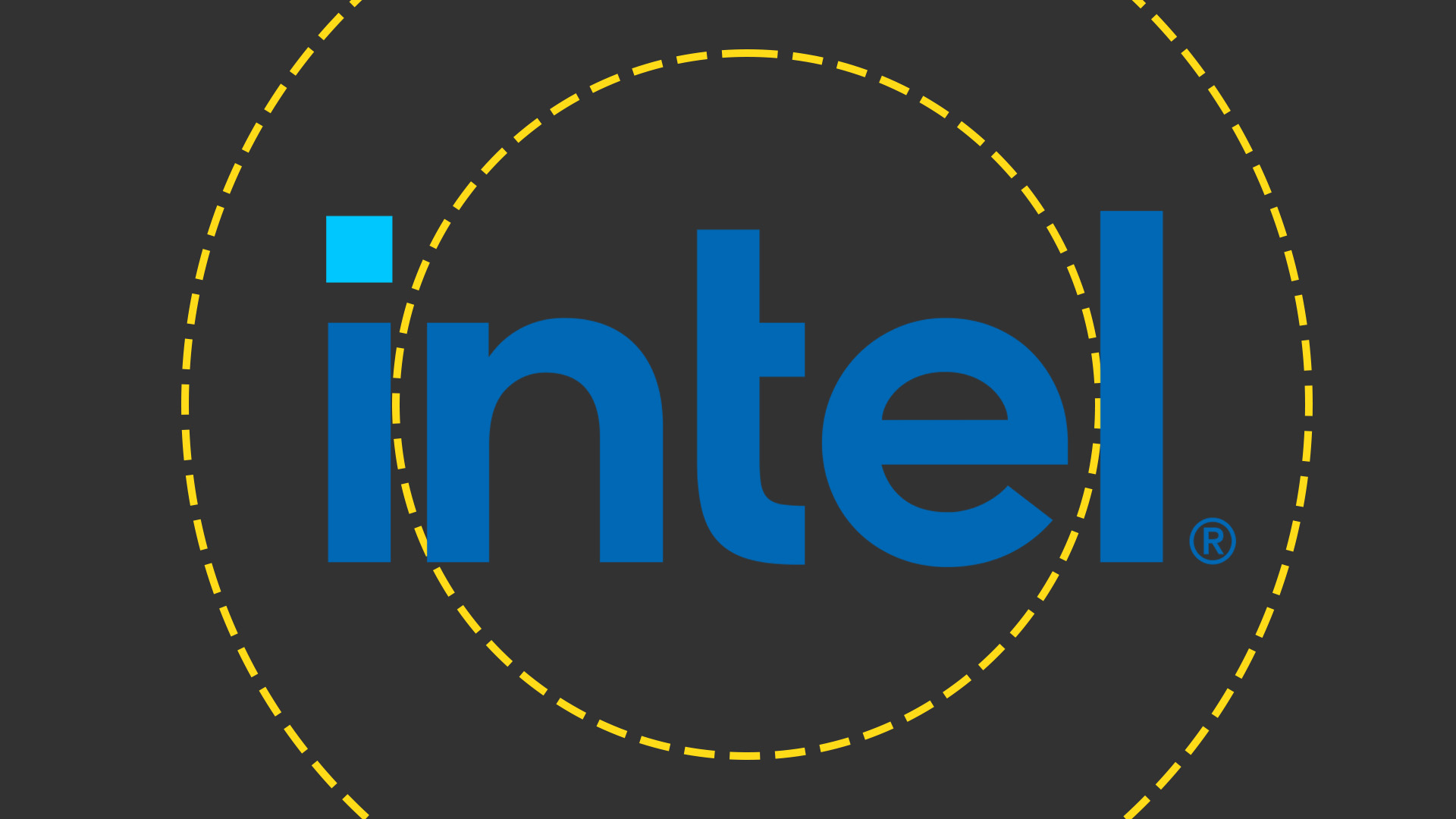An Outbound Dialer Will Help You Win the Numbers Game

An outbound dialer is software that automates and manages outgoing phone calls. It dials from a list of phone numbers and connects an agent if and when someone picks up.
By automating the dialing process, they’re able to reduce repetitive manual tasks. This is a big deal when call center agents are making hundreds of calls a day. Implemented well, dialers can boost employee productivity and reduce burnout at the same time.
Outbound dialers: Benefits and tradeoffs
These are powerful tools, but you can’t just set an agent up with an outbound dialer and expect anything good to happen. There is backend work involved in deploying an outbound dialer effectively and serious legal penalties for misusing one.
Before we get too in the weeds, here’s a 10,000 foot view of the benefits and tradeoffs of using an outbound dialer.
| Benefits: | Tradeoffs: |
|---|---|
|
|
If you have been in business for more than five minutes, you’re probably wondering: is automating calls to people even legal in the US?
The answer is yes, provided you follow the law.
From a compliance standpoint, certain types of call center dialers are much more risky to use than others. We’ll go through each type, its pros and cons, and when to use it.
Types of outbound dialers
Most outbound dialers are entirely in the cloud. There are a few that make calls over the public switched telephone network (PSTN), but the vast majority use Voice-over-Internet-Protocol (VoIP) phone systems.
The upshot of this is that you won’t need to buy new equipment. Your agents can make calls using the outbound dialer from a computer, tablet, or potentially a mobile phone.
Vendors are also in charge of VoIP security with auto dialers. You are signing into their network to make calls, so you pretty much just have to make sure people are using strong passwords.
Most vendors offer a range of dialer options, and you can purchase different dialer subscriptions for individual users.
Predictive dialer
Predictive dialers try to maximize call center efficiency by using algorithms to analyze historical data and current conditions. With this data, they try to predict when an agent will become available and adjust the calling rate according to current call center conditions.
As a result, predictive dialers cut idle time without overwhelming agents with calls.
The core function of predictive dialers is to increase contact rates. They are most suited for call centers that handle sizable outbound call volumes, such as appointment-setting services, telemarketing firms, and lead gen companies.
| Predictive dialer pros: | Predictive dialer cons: |
|---|---|
|
|
Preview dialer
A preview dialer lets agents see customer information before accepting a call. Agents can accept or reject each call based on the likelihood of a successful outcome, or whether it complies with regulations.
Preview dialers give more control over the call process than other outbound dialers. The agent has a preview time before each call begins, which is useful to review customer history and any relevant information that could improve engagement.
Preview dialers work best in industries that require a high degree of personalization. Additionally, industries like finance and healthcare have strict regulations regarding outbound calls, and preview dialers can make it easy for agents to stay compliant.
| Preview dialer pros: | Preview dialer cons: |
|---|---|
|
|
Power dialer
Power dialers automate the process of making outbound calls on a large scale. Although there are exceptions, agents don’t usually review customer information before each call begins with this kind of system.
Power dialers make a predetermined number of calls based on agent availability. The more agents available, the larger the volume of calls the power dialer makes. When a customer answers, there’s a live agent ready to connect immediately.
Typically, this kind of dialer runs through a list of phone numbers sequentially, so it doesn’t bypass voicemail or busy signals. When faced with these situations, agents can choose to disconnect or leave a voicemail.
Power dialers improve customer experience by ensuring no caller goes without an agent. Likewise, auto-dialing and queuing reduce downtime and ensure agent time is productive.
Industries that rely on large-scale outbound calling can benefit from power dialers. Telemarketing firms, ecommerce businesses, and market research companies are some examples.
| Power dialer pros: | Power dialer cons: |
|---|---|
|
|
Progressive dialer
Progressive dialers aim to balance the control of preview dialers and the efficiency of power dialers. Like a power dialer, a progressive dialer makes a predetermined number of calls from a list. If there’s no answer, the system moves on to the next number.
With a progressive dialer, agents simultaneously receive customer information and the incoming call. This process makes progressive dialer systems slightly faster than preview dialers — but it also decreases the time agents have to prepare.
Progressive dialers help agents make back-to-back calls efficiently. They also improve customer service and loyalty by including some features from preview dialers.
This type of system is essential when a company needs to handle a large volume of calls but still wants to provide a personalized approach. Sales teams, for example, use progressive dialers when renewing subscriptions from an existing customer base.
| Progressive dialer pros: | Progressive dialer cons: |
|---|---|
|
|
Compliance matters with outbound dialers
Maintaining compliance with business communication regulations is incredibly important for businesses using outbound dialers. The fines are steep and penalties include potential jail time.
Good outbound dialer software includes a range of tools that will help your agents stay compliant at a drastically increased call volume.
For example:
- Time-zone protection: the outbound dialer is prevented from calling a number where the local time is outside of 8am-9pm.
- DNC list integration: all the numbers on your call lists are checked against national and state Do-Not-Call lists.
- Recording disclosure: automated messages that let people know the call may be recorded.
All of these features help agents move quicker and make fewer mistakes that could get a call center in trouble.
That said, the company using the outbound dialer is responsible for training agents to use these powerful tools responsibly and ensuring that their call lists are clean.
Training agents on outbound dialers
Call centers have an average turnover rate of 30-45 percent. Anyone who has ever worked in one won’t be shocked by that number.
The natural effect of such high turnover is that call center managers are always training lots of new people. It’s a tough balancing act of providing the training and support necessary to make an agent successful and getting them on live calls to gain the real experience.
At the very least, new hires should get training on the dialer, CRM, and any other software that they will be responsible for.
Consider a practical skills test new hires must pass to demonstrate that they can navigate dashboards, update call statuses appropriately, and so on. Dealing with a live caller is a separate skillset from using the system, and a new agent trying to learn how to do both at the same time is not going to last long.
In that vein, you can’t just hand people a script and expect them to understand how to use it. Some new hires may have sales or call center experience, which helps a lot, but many are not going to know how to handle objections or actively listen.
Have people listen to examples of successful and unsuccessful calls. Do what you can to check in on people who are struggling to meet the numbers. Call center quality monitoring is crucial when you have agents making hundreds of calls per day. A bad agent can burn through a list of good numbers in no time.
You will also have to emphasize the importance of compliance — new hires don’t walk in the door understanding TCPA laws or what a DNC list is. If someone is going to be using any sort of automated outbound dialer, they need to understand how to keep your company out of hot water.
Source link











